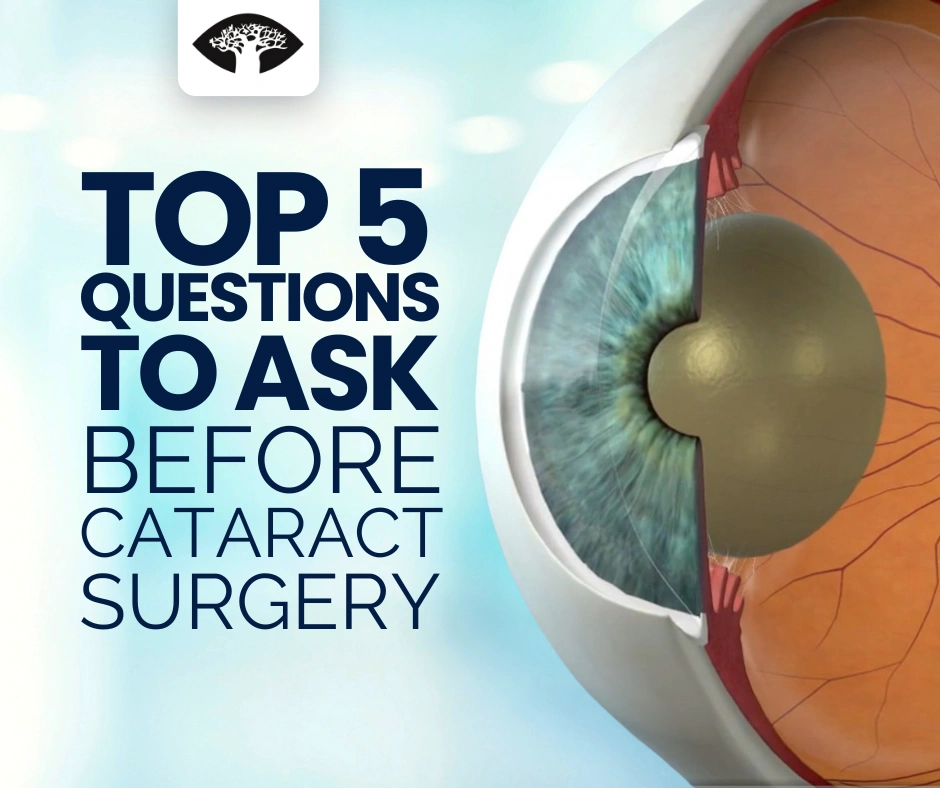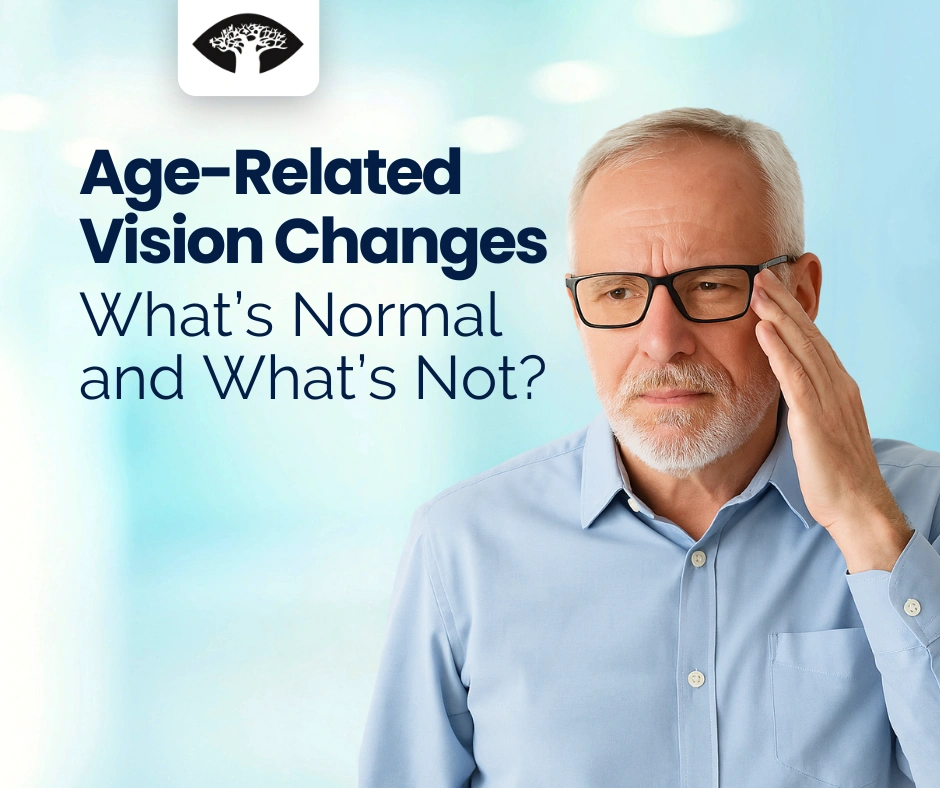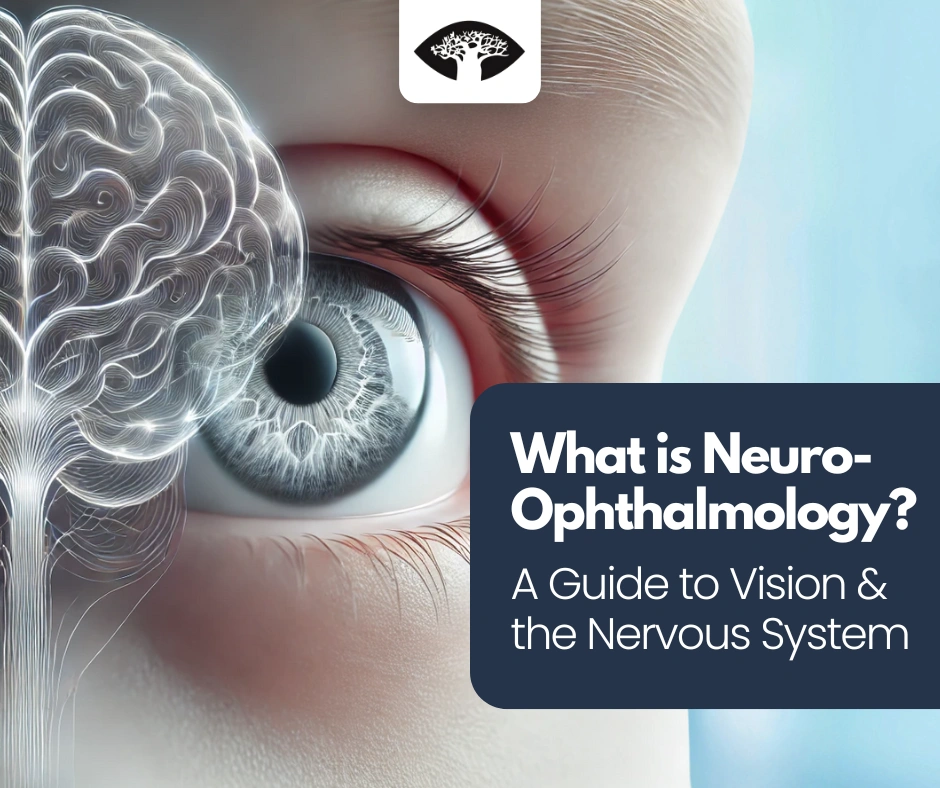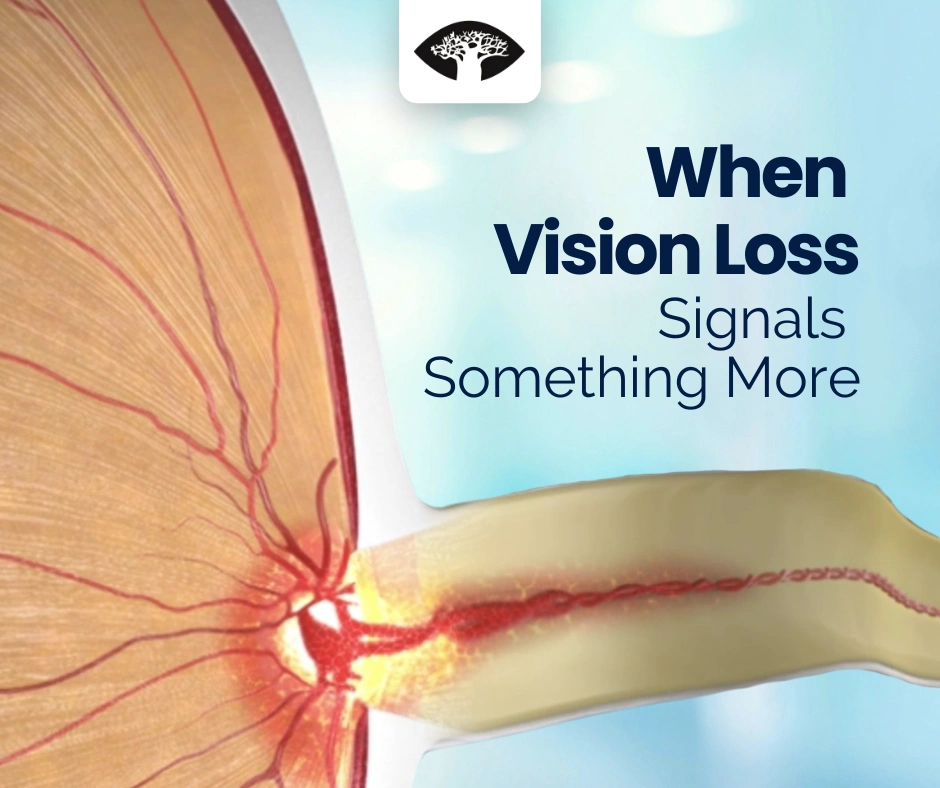Top 5 Questions to Ask Before Cataract Surgery

Cataract surgery is a safe and effective way to restore vision. Learn the five key questions to ask your ophthalmologist before surgery to ensure the best outcomes for your eye health.
Age-Related Vision Changes: What’s Normal and What’s Not?

As we age, vision naturally changes—but not all changes are harmless. Learn what’s normal, what’s not, and how to protect your eye health well into your golden years.
What is Neuro-Ophthalmology? A Guide to Vision and the Nervous System

Neuro-ophthalmology focuses on vision problems caused by neurological conditions. It bridges brain and eye health, diagnosing issues like optic neuritis, double vision, and unexplained vision loss for comprehensive patient care.
Optic Neuritis: A Warning Sign for Neurological Conditions?

What is Optic Neuritis? Optic neuritis is a condition that causes inflammation of the optic nerve, which is responsible for transmitting visual signals from the eye to the brain. This inflammation can lead to sudden vision problems, eye pain, and changes in color perception. While optic neuritis can occur on its own, it is often […]

